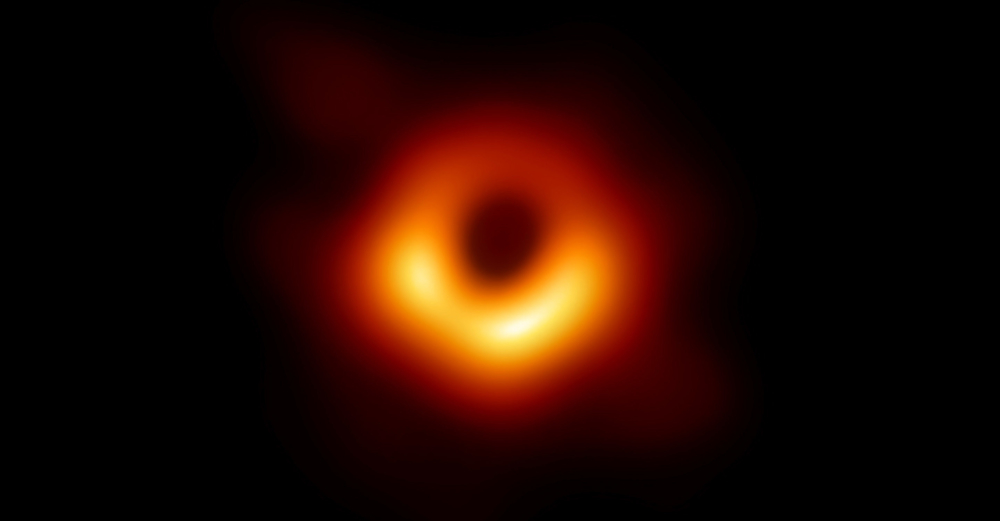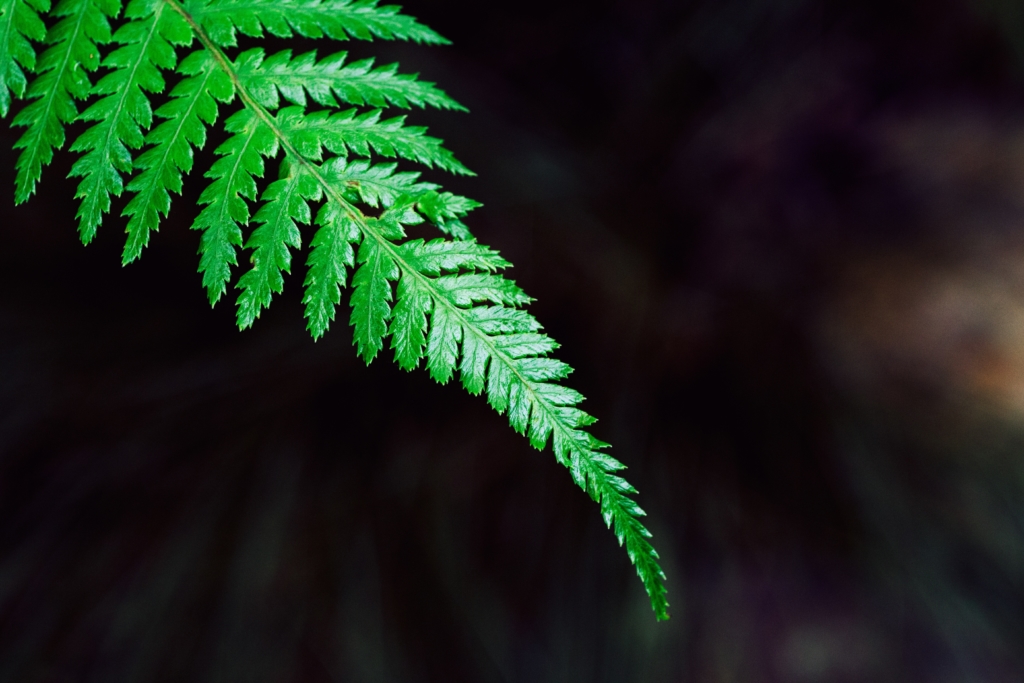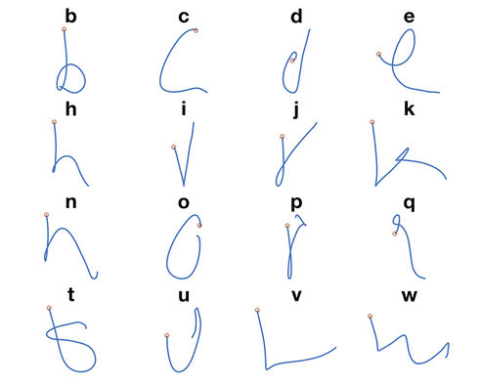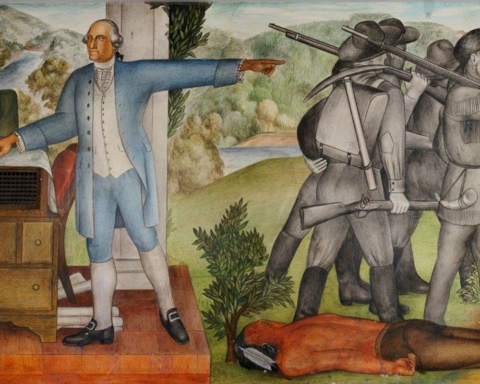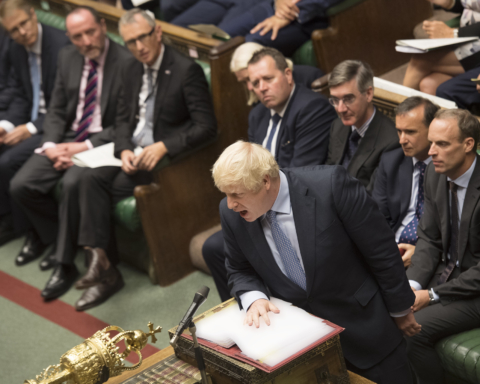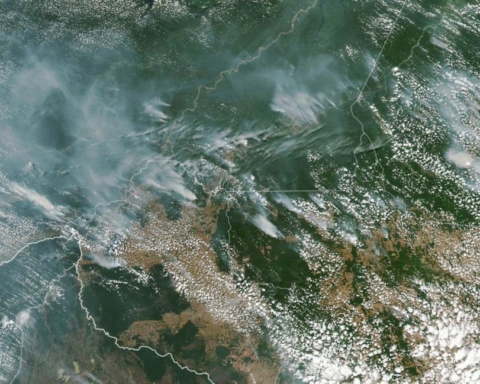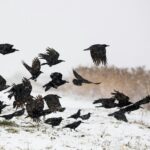—for Katie Bouman, Black Hole Initiative
I like the idea. All our forms fall
into a thirsty black eye and disappear
no one knows where, into the never
was—the bone saws, outlaw sons-in-law,
the gerrymanderers’ mazes, Nebraska
missile silos, bump stocks and stockyards,
and yes, I suppose, hares’ ears,
red sea anemones, egrets’ beaks, you
and me, shredded, our particles blended
into a thick spun purée with car bombs
sarin and stolen plutonium pouring
out of this world, down through the whirling
clown-eye ring of maniacal photons
bent by immense disappeared mass
into a great ring of light, gateway
to another cosmos we might guess.
Let our flags our stealth alloy airships
and god icons fall, alright, and whelk shells
and spring’s star magnolia galaxies
out of the earth and the foothills’ red-gold
flows of infinite poppies. So go
our old goat hide scrolls and crosses across
that unblinking aperture, where I imagine
a kid wakes on a sun-washed morning,
a day made of atoms like ours,
and rides out among his town’s human
complexions, maize, chartreuse, obsidian…
range of a rainforest’s plumage.
________
Poet’s Note
“I’ve always been interested in physics, and here we have a real look at a presence that incessantly eats suns and planets. It begs the question some physicists entertain–are there other universes on the far side of that indifferent shredder? And if there are different humans there, do they fear and hate?”
________
Jed Myers is author of Watching the Perseids, The Marriage of Space and Time (MoonPath Press), and four chapbooks, including Dark’s Channels and Love’s Test. Recent recognitions include The Southeast Review’s Gearhart Prize and The Tishman Review’s Millay Prize. Recent poems appear in Rattle, Poetry Northwest, The American Journal of Poetry, Southern Poetry Review, Solstice, and elsewhere. He is poetry editor for the journal Bracken.
Photo from the Event Horizon Telescope team.
________

